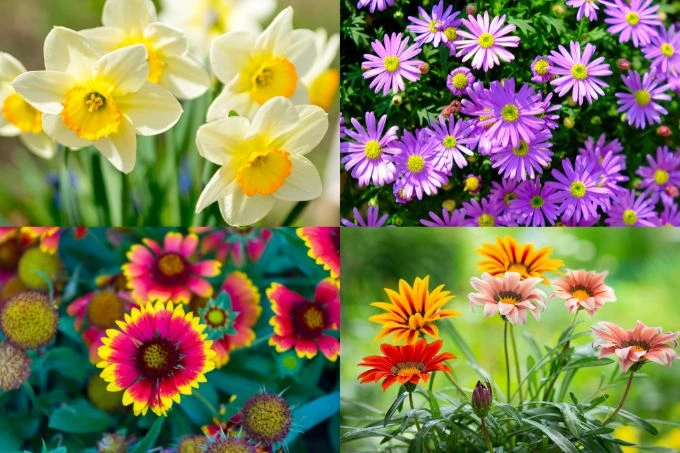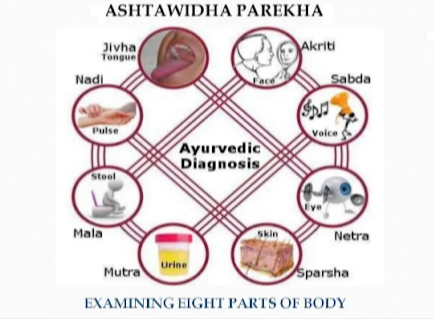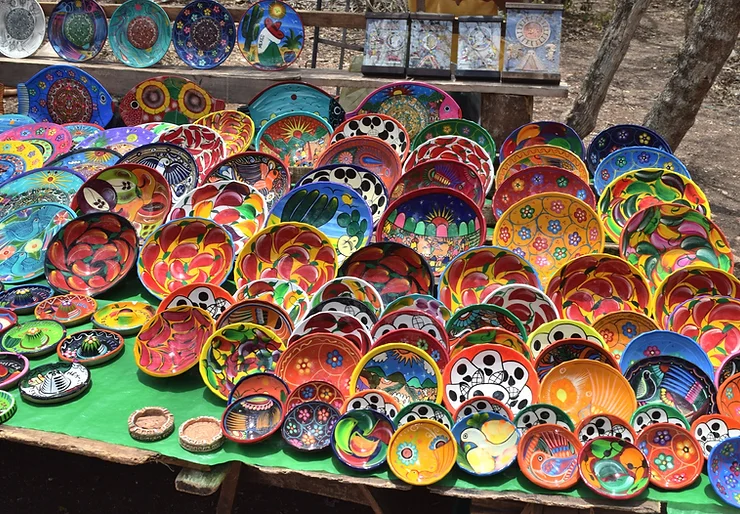Vasant rutu – Season of Detox and self-care
Nature is blessed with blooming of flowers, cold breeze in the nighttime and colorful trees around is the perfect picture of Vasant rutu or spring. Sunny hot days and colder nights create fluctuations in the inner health causing health issues. It also brings many festivals …
Ancient Non – invasive health monitoring system – Ashtavidha Pariksha
Ayurveda is science of life, and it focuses on the complete physical, mental, social and spiritual health of an individual. The principles of Ayurveda are based upon Tridosha- Saptadhatu- Agni and its role in maintaining health harmony. Impairment of single or multiple elements often leads …
It’s Time to Detox: Rekindling the “Self-Love mode”!!!
Hello…. How was your Valentine’s Day celebration yesterday? We are sure you are on the top of the world, feeling loved & pampered in several different ways. So, did you celebrate your Valentine’s Day with your Loved ones in a homely environment? Or did you …
“Devil in Disguise”: Did you know Lifestyle factors can cause Cancer!
“No matter what the statistics say, there is always a way”. But the fact is that all stats Globally say, there is a high rise in the number of cases of most non-communicable diseases, especially Cancer is at high risk across ages and continents. It’s …
Nadi Pariksha to find out prognosis of cancer.
Cancer, one of the most challenging and spreading diseases of the 21st century, which has now officially become the most dangerous killer in the world according to the World Health Organization. No one can deny the fact that cancer is related to modernization and an …
Health constitution in 2023
India is celebrating 74th republic day this year. With adopting and implementing concrete laws and constitutions, India is growing very significantly. In the case of the health sector, we have to deeply rethink the constitution related to healthcare systems especially post pandemic. The pandemic has …
The Three Company
Ayurveda is a ‘wholistic’ science. Atleast that’s what you must have heard or read somewhere, before reading this post. But have you ever given it a thought? As to what exactly does it mean by wholistic? What difference does it make? Is it really that …
Why will Turyaa be effective outside of India if it is based on Indian science?
Ayurveda as a branch of medical science has its foundation in ancient Indian civilization that continues to hold extreme importance even in present times. This is because the fundamentals of Ayurveda are based essentially on human characteristics and intrinsic causes that have remained and will …
Guilt free ways of eating right !!!!
A lot of us have this feeling since the time we start thinking about our health, our fitness goals or missions…..Am I really going to achieve this if I really don’t know what I am eating is really healthy and really right???? How will i …











